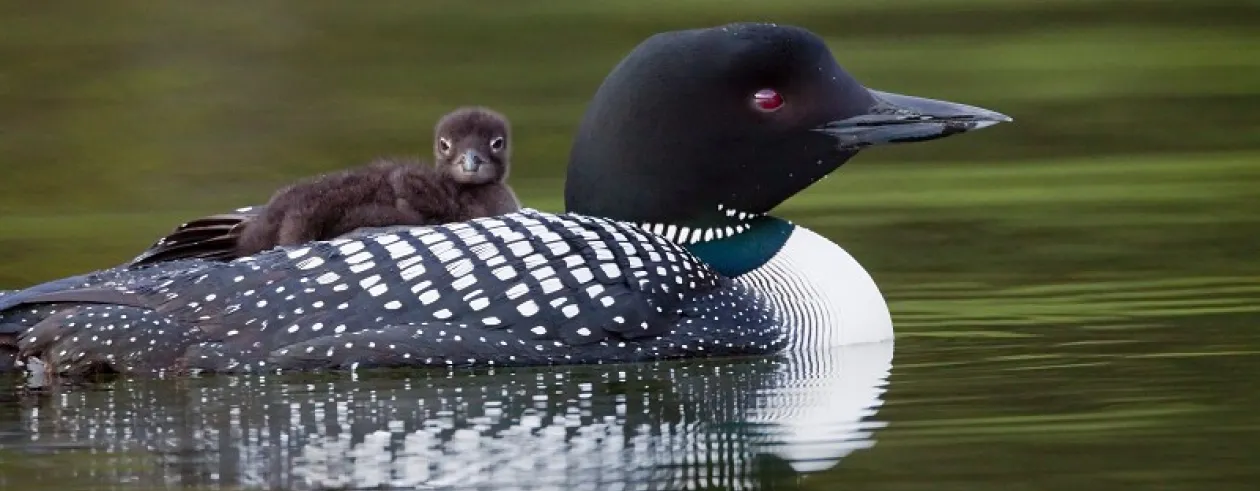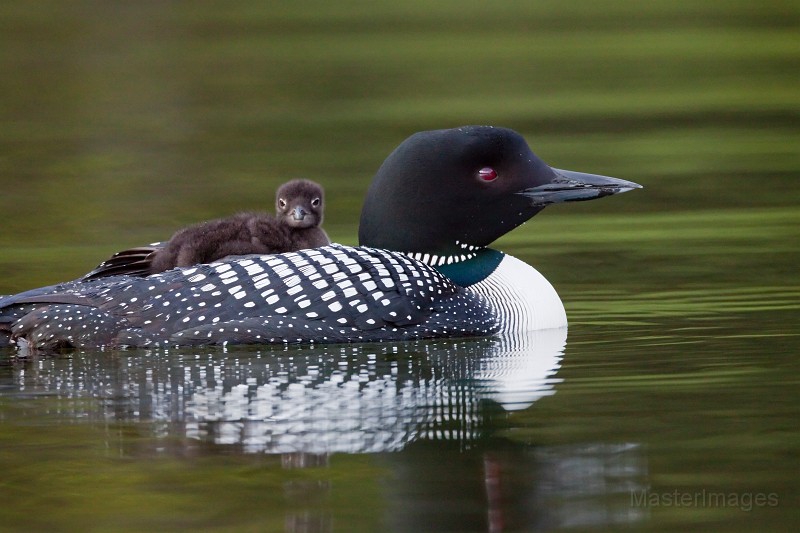
5 Great Destinations!
Situated at the heart of the Adirondack boreal zone, Tupper Lake is an exciting birding destination. Massawepie Mire and Spring Pond Bog, two of the most famous Adirondack birding locations, are only a few minutes from Tupper Lake. Vast marshes with viewing areas are located along the causeway between Simon Pond and Tupper Lake. The Low’s Ridge – Upper Dam Trail, that traverses the edge of mile-long Hitchins Bog, not only has wonderful boreal bird species, but spectacular views of the Adirondack High Peaks and Bog River Valley from the summit of the ridge. The trail to Raquette Falls is a lovely woodland walk that ends at a scenic waterfall in one of the most remote areas of the Adirondack Park.
Massawepie Mire
Scenic and remote, Massawepie Mire contains the largest bog in New York State. The trail through the mire is an old railroad bed that is now a dirt road. A birder can hike on perfectly level terrain for endless miles through enchanting boreal forest, bogs, mixed forest, and marsh areas near brooks and rivers.
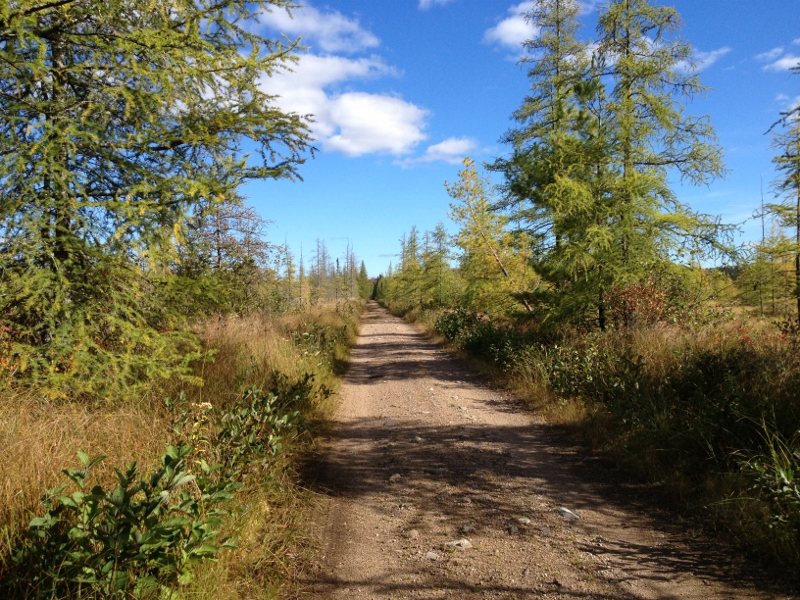
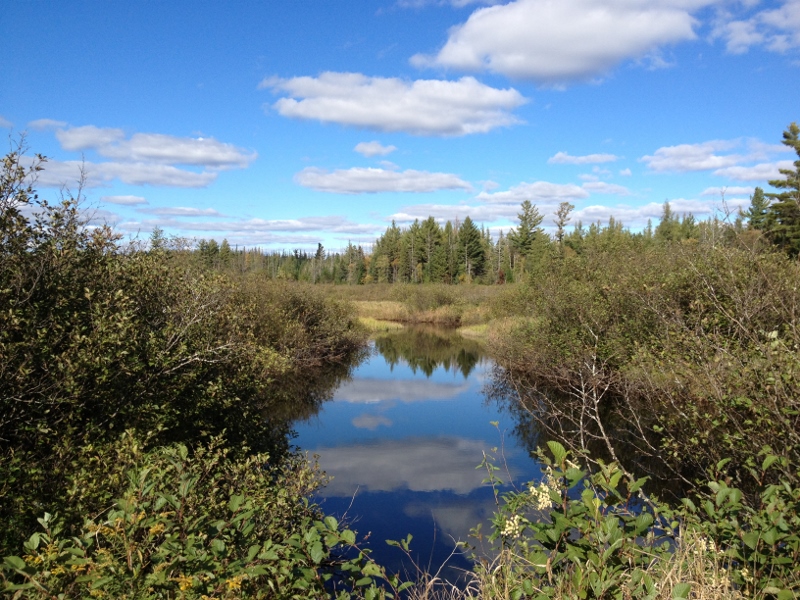
Eighteen warbler species breed at Massawepie Mire including Northern Waterthrush, Mourning, Palm, and Canada Warblers. Other boreal species include the increasingly rare Spruce Grouse, Common Loon, Black-backed Woodpecker, Merlin, Olive-sided, Yellow-bellied, and Alder Flycatchers, Philadelphia Vireo, Gray Jay, Boreal Chickadee, Ruby-crowned Kinglet, Lincoln’s Sparrow, and Evening Grosbeak. Eastern Bluebirds also utilize the nest boxes in the bog.
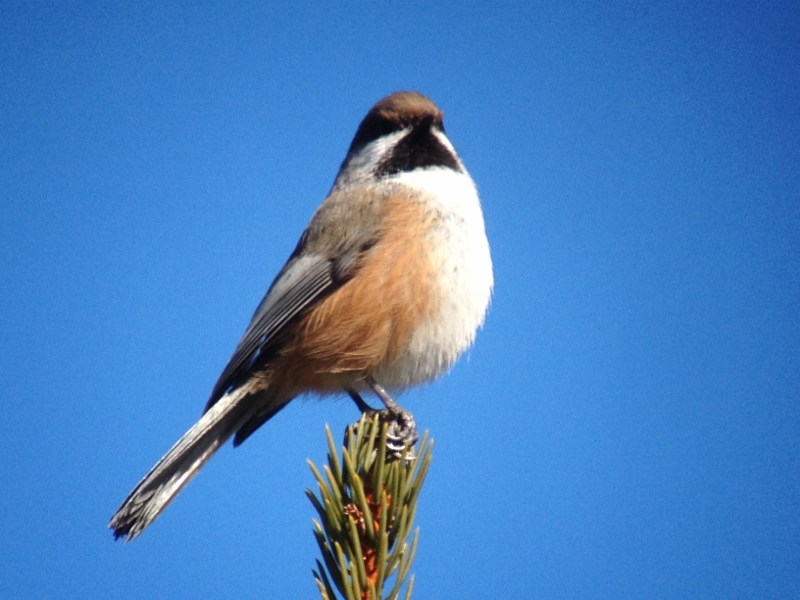
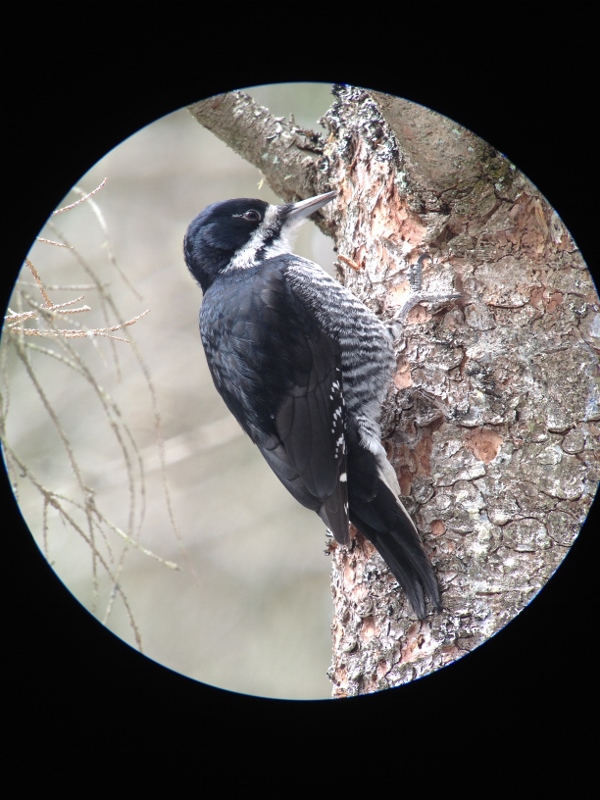
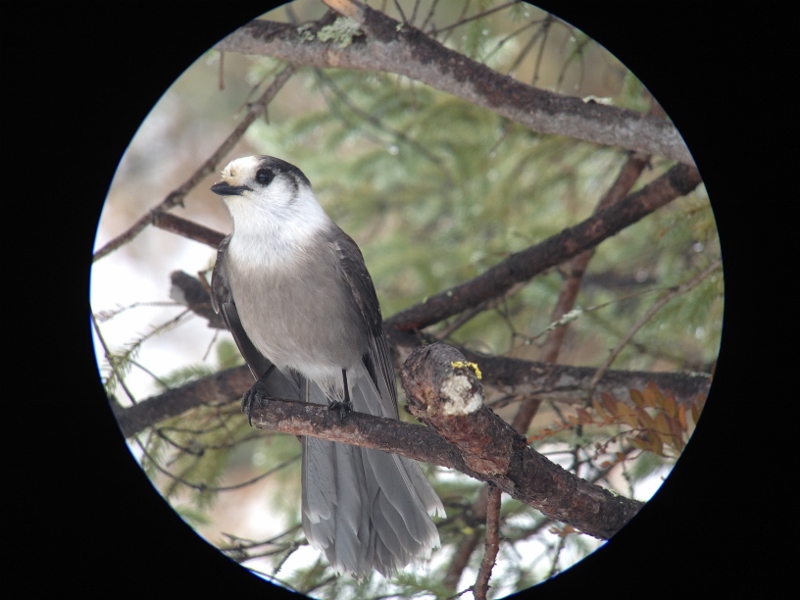
Birding along the dirt road drive to the mire is also exciting. It passes by lakes, mixed and deciduous habitats, and areas that are now growing up from logging activity. Common Loons nest on the ponds, and species in the forests include Broad-winged Hawk, Least Flycatcher, several thrush species, Ovenbird, Black-and-white Warbler, American Redstart, Black-throated Blue, Pine, and Black-throated Green Warblers, and Scarlet Tanager. The logged areas are home to species such as Mourning and Chestnut-sided Warblers, Rose-breasted Grosbeak, and Indigo Bunting.
In addition to great birding, there are many other reasons to visit Massawepie Mire. Bog flora such as the carnivorous Pitcher Plant and Sundew can be found along with Cottongrass, orchids, Labrador Tea, Bog Rosemary, Leatherleaf, mosses, and Bog Laurel. Massawepie Mire is a botanist’s paradise!
Mammals are abundant. I find Moose tracks on every visit. Black Bear sightings are common. Just this past year, we observed an elusive Bobcat walking the road ahead of us. Also this past year, a Fisher came bounding down the road to within 15 feet of me before it caught my scent.
Massawepie Mire is also well-known among butterfly watchers. The Jutta Arctic butterfly can be found from mid to late May until mid-June at the mire.
Spring Pond Bog Preserve
Also scenic and remote, Spring Pond Bog is the second largest bog in New York State. This Nature Conservancy property contains diverse habitats and bird species. Wetlands, bogs, boreal forest, mixed and deciduous forests, and areas growing back from logging activity, can all be found at this Tupper Lake site. Spring Pond Bog is a primary study site for Spruce Grouse researchers in the Adirondacks. The birds are radio tagged for monitoring.
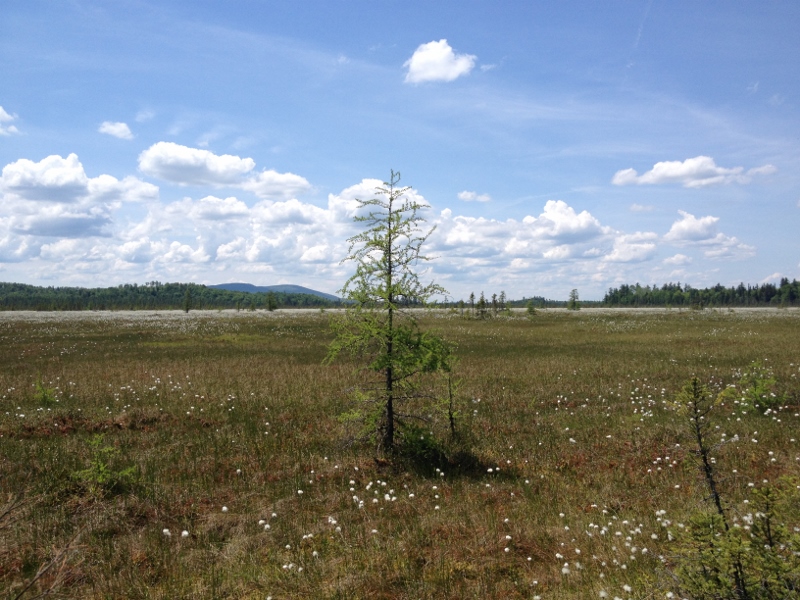
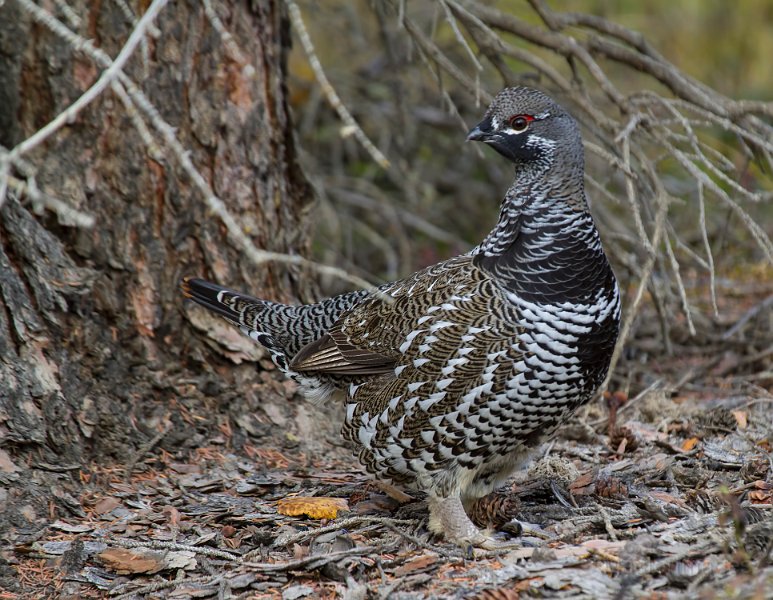
The flora and fauna found at Spring Pond Bog are similar to that found at Massawepie Mire described above. The hiking trail to Spring Pond Bog climbs through a hardwood forest to a glacial esker. There is a boardwalk loop to the right of the esker that takes visitors into the bog for close-up views of plant and bird life. Species found in the black spruce and tamarack bog include Yellow-bellied Flycatcher, Palm Warbler and Lincoln’s Sparrow. Birders can visit many other areas within the Nature Conservancy’s Spring Pond Bog complex. Boreal forests host nesting species such as Spruce Grouse, Black-backed Woodpecker, Gray Jay, and Boreal Chickadee. Mature forests at Spring Pond Bog have nesting Northern Goshawks. Beaver-created wetlands host nesting Olive-sided and Alder Flycatchers. Second growth forest areas host nesting species such as Least Flycatcher and Philadelphia Vireo. Ruffed Grouse females with chicks are often observed along the dirt roads in June.
Low’s Ridge – Upper Dam Trail
Another scenic, remote, and diverse birding location, the Low’s Ridge – Upper Dam Trail, is a short drive from Tupper Lake. The 2.5 mile dirt road trail is mostly level and traverses the edge of Hitchins Bog for the first mile. Other habitats along the trail and drive include mixed and deciduous forests, and wetlands including marshes, ponds, lakes, brooks and river. The trail ends at the Upper Dam on the Bog River. Head left for a short walk to lovely Hitchins Pond and head right to climb the mile-long trail to Low’s Ridge for spectacular views.
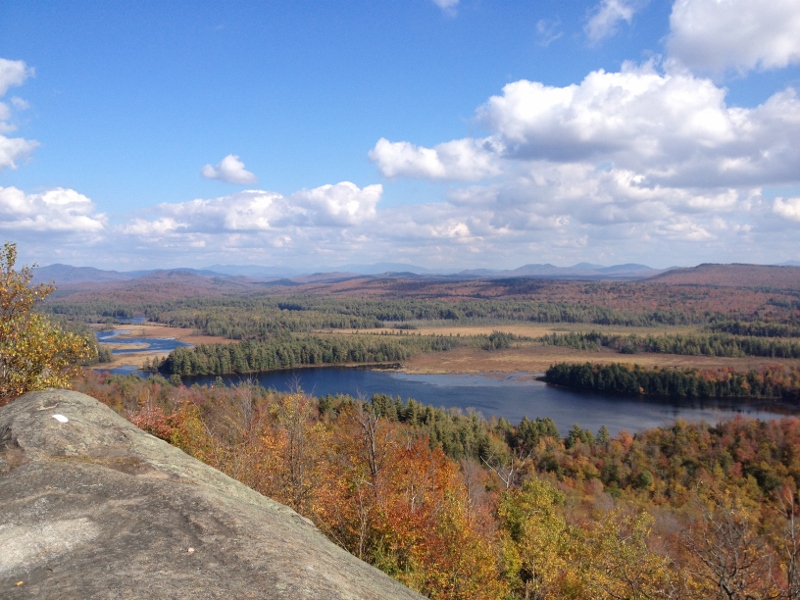
A wide diversity of bird species can also be found in the Low’s Ridge – Upper Dam Trail area. Olive-sided Flycatchers, Northern Waterthrush, and Canada Warblers can all be found in the wet areas just before the parking area. The bog hosts nesting Yellow-bellied Flycatchers, Palm Warblers (and many other warbler species), and Lincoln’s Sparrows. The mixed forests hold more warbler species and often Philadelphia Vireos in second growth areas. Common Loons nest on Hitchins Pond, and Bald Eagles are often observed fishing. Red Crossbills have been observed on the trail to Low’s Ridge and in pines along the Bog River. Female Ruffed Grouse with chicks are observed each year during the Adirondack Birding Festival trip to this lovely location.
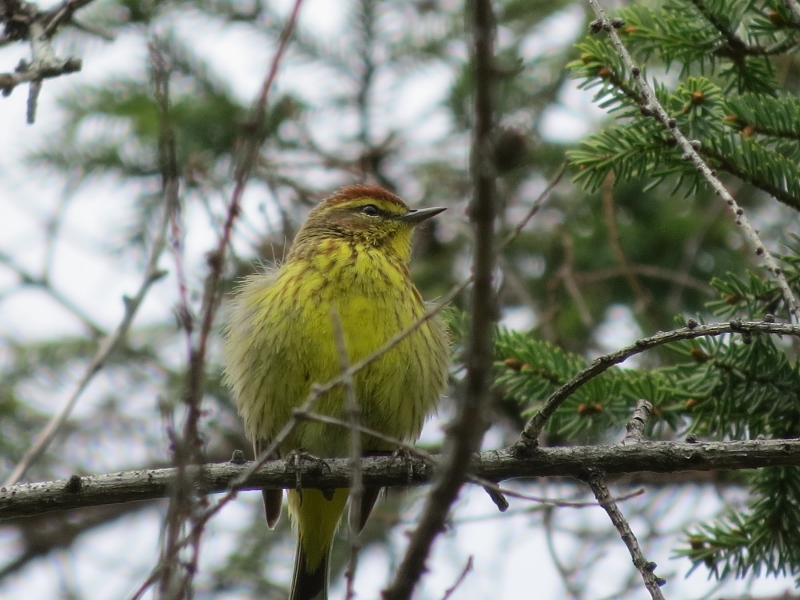
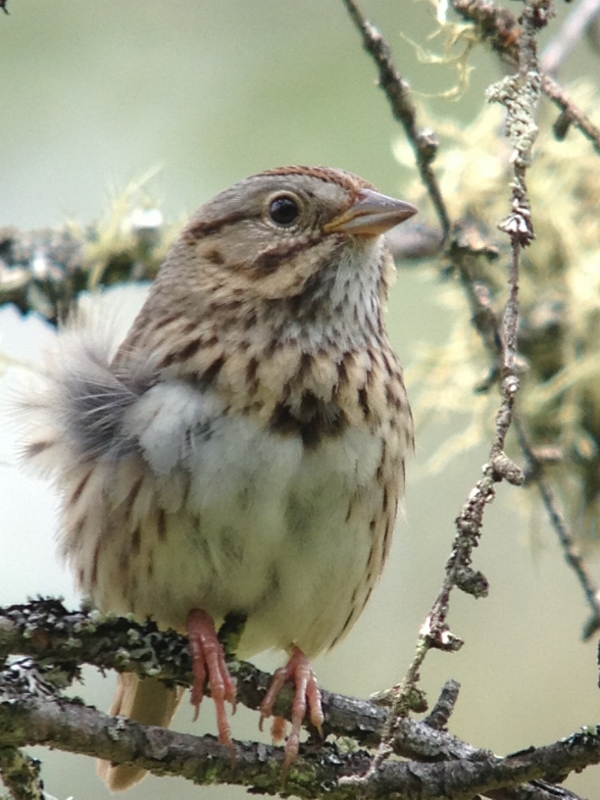
There is a picnic table at the canoe take-out area along Hitchins Pond. It is a scenic place to eat lunch, or some choose to hike up to the summit of Low’s Ridge for lunch, either way, the scenery is beautiful!
The Causeway between Simon Pond and Tupper Lake
Route 30 has a long, straight, stretch of road between Simon Pond and Tupper Lake. There are two different viewing areas popular with birders.
There is a relatively new viewing deck overlooking a huge marsh next to the Tupper Lake bowling alley. This is one of my favorite nocturnal birding stops during breeding season. At night, birders can hear the odd pumping sounds of American Bitterns, the ghostly sounds of winnowing Wilson’s Snipes, the strange sounds made by displaying American Woodcocks, and the lovely hooting sounds of Barred Owls, not to mention a myriad of amphibians!
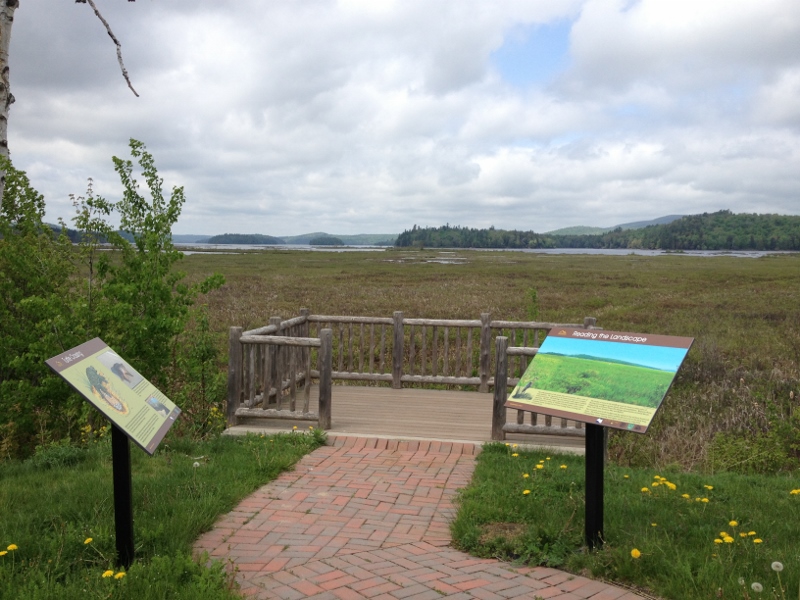
During the day, many bird species can be found near this deck, including Yellow Warbler, Swamp and Song Sparrows, Red-winged Blackbird, and Common Grackle. Bobolinks can be heard farther out in a dryer part of the marsh, and last year I even heard a Sedge Wren in that area. Both of these species are more typically found in the fields of the valleys surrounding the Adirondacks.
The other viewing area is a pull-off location on both sides of the road in a wetland area where the Raquette River empties into Tupper Lake and Simon Pond. Many waterfowl species can be viewed here – both nesting and during migration. Wood Ducks, American Black Ducks, Ring-necked Ducks, and Common Loons are just some of the species that can be viewed. Just this year, I photographed an American Bittern at this spot that was just a few feet from me. Bald Eagles, Belted Kingfishers, Tree and Barn Swallows, Yellow Warblers, Song and Swamp Sparrows can also be found. This area made the news in March 2006 when a Trumpeter Swan spent several days on Simon Pond. In winter, local people often put deer carcasses out on the lake for eagles, and large numbers of Bald Eagles can often be observed from the pull-off.
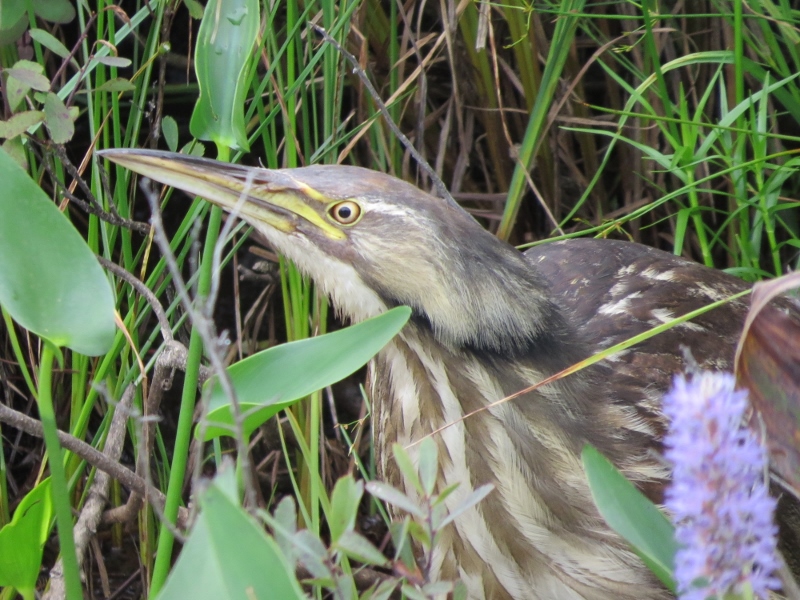
Raquette Falls Trail
The trail to Raquette Falls is a wide, multi-use trail that follows the east side of Raquette River (the second longest river in New York) for over 4 miles. It has some hilly terrain and ends at the intersection of several trails. Heading right takes a hiker to the shore of the river at the canoe put-in, and heading left takes you to the seasonal ranger outpost and a trail to Dawson Pond. Heading straight is the 1.25 mile canoe carry trail. Just a short distance up the carry trail is the side trail on the right to the scenic Lower Falls. The foot trail continues past the Lower Falls on rocky, and at times, steep terrain to meet the canoe carry trail at its start. A hiker can do a loop of these trails if desired.
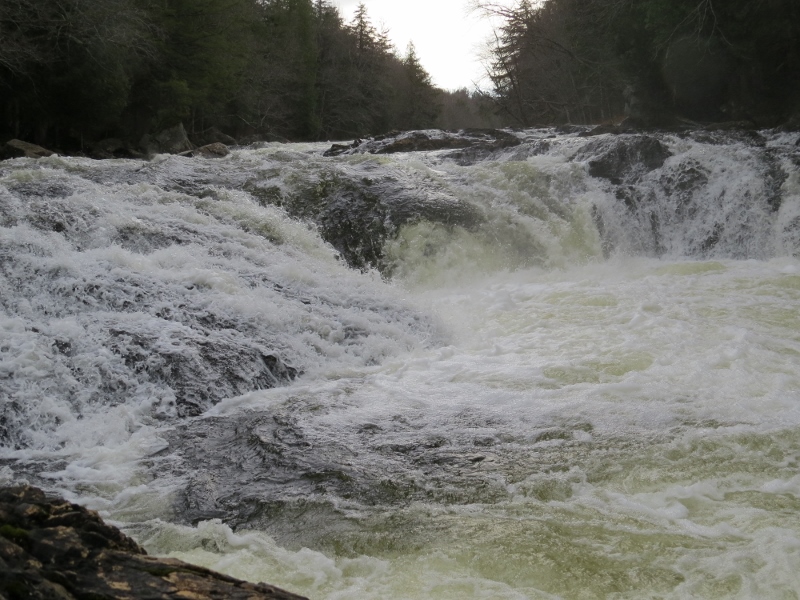
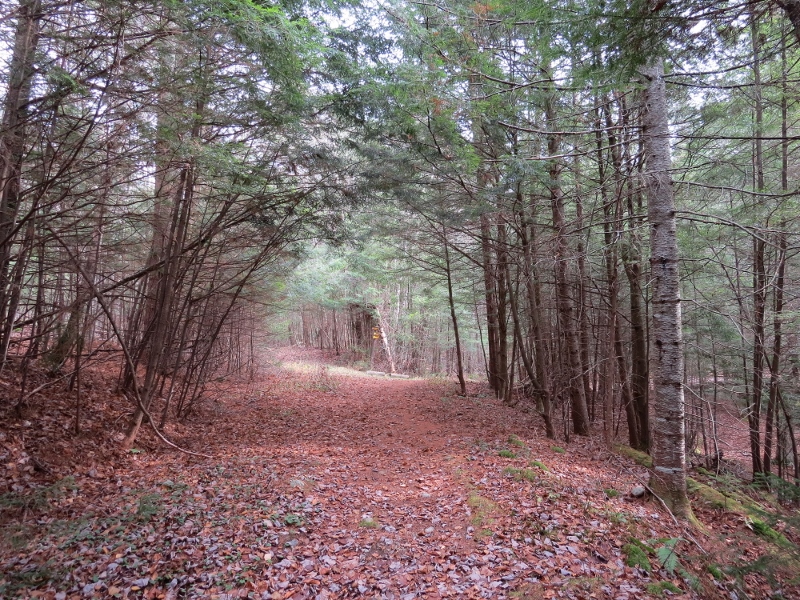
Along the drive: The marsh to the north of Route 3 between the two entrances to Corey's Road is a wonderful nocturnal stop to hear winnowing Wilson’s Snipes and displaying American Woodcocks. During the day, a birder can find Northern Waterthrush at this wetland. There is boreal habitat along Corey’s Road and at the beginning and end of the hiking trail. Black-backed Woodpeckers and Gray Jays have been observed in these areas. Most of the hiking trail is in mixed forest habitat. Woodland species can be found along this trail including Ruffed Grouse. I recently flushed 5 Ruffed Grouse hiking this route.
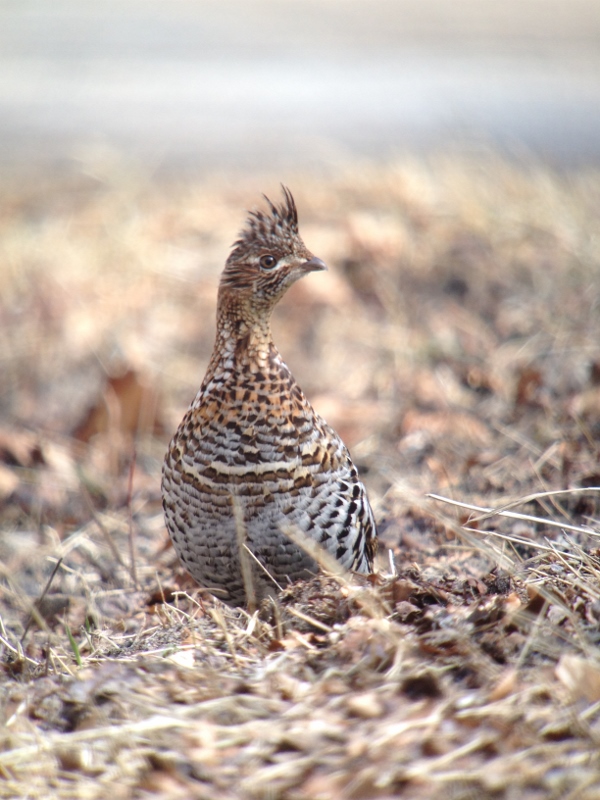
The Raquette Falls Trail is a popular (un-groomed) cross country ski route in winter, which is usually when I frequent this trail. Irruptive winter finches can be found along the route and Bald Eagles fish the open water at the bottom of the falls in winter.
The Raquette Falls Trail leads to some of the most remote territory in the Adirondacks. Whether you hike the trail or canoe the river, it offers spectacular scenery and solitude!
Watch this site for more detailed blogs on each of these five locations!
If you visit, Tupper Lake has many restaurant and lodging options to make your stay even more enjoyable.
